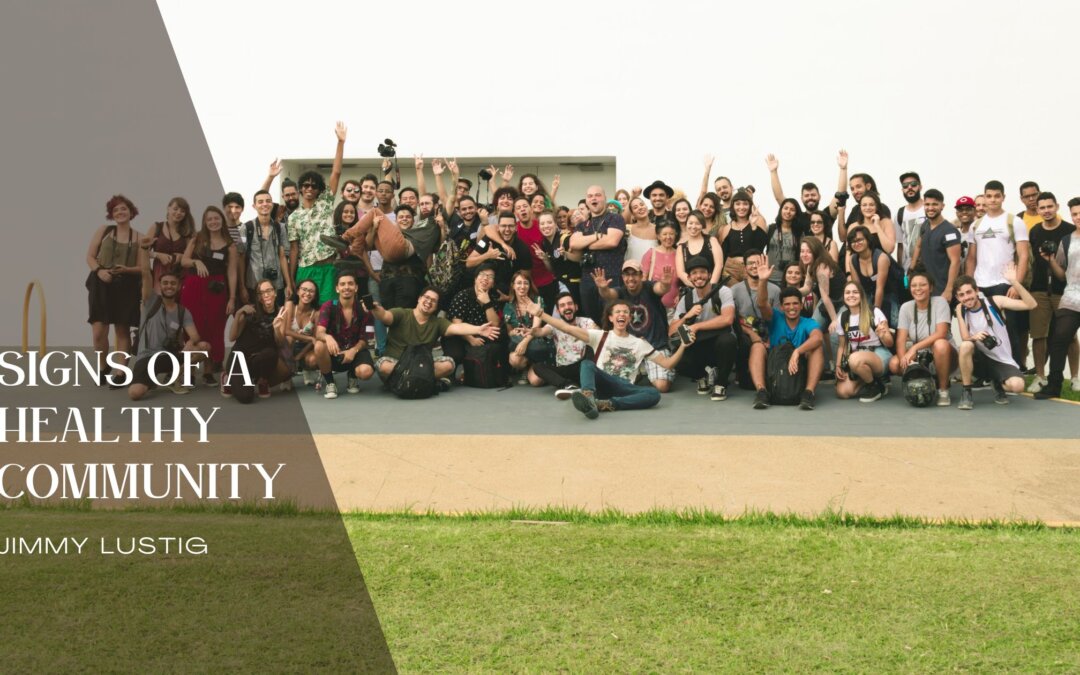Communities are pivotal in shaping the quality of our lives. Within their boundaries, we forge connections, nurture families, and find purpose. But what delineates a thriving community from one that’s languishing? What markers indicate the health and vitality of a collective of people? The indicators aren’t just economic or infrastructural; they’re also social, environmental, and cultural.
Historically, community health was gauged mainly by economic metrics: employment rates, GDP, and infrastructure development. But as societies evolved, so did our understanding of what constitutes a community’s well-being. Modern perspectives consider holistic indicators encompassing mental, physical, environmental, and relational health. This shift recognizes that a prosperous society isn’t just about financial growth but also about the well-being, happiness, and empowerment of its members. This multifaceted approach better captures the essence of human flourishing and helps create more resilient, cohesive, and nurturing communities.
Social Cohesion and Engagement
A hallmark of a healthy community is the strength of its social fabric. Communities that encourage interaction, mutual respect, and a sense of belonging among their residents are often more resilient to external shocks. Social cohesion manifests when people of diverse backgrounds, ages, and beliefs unite for shared purposes, whether community projects, cultural festivals, or neighborhood gatherings.
Engagement is another vital sign. When residents actively participate in decision-making processes, attend town meetings, and voice their concerns or ideas, it indicates a community where members feel valued and heard. Such active participation nurtures a sense of ownership and responsibility towards the community, fostering collective well-being and trust.
Access to Basic Services and Amenities
No community can thrive if its members lack access to essential services. Healthcare, education, clean water, sanitation, and safe housing are fundamental. Healthy communities ensure that these services are not just available but are also of high quality, affordable, and accessible to all, irrespective of their socio-economic status.
Furthermore, amenities such as parks, recreational centers, libraries, and community halls enhance the quality of life. Green spaces, for instance, provide not just recreational opportunities but also environmental benefits, like cleaner air and reduced urban heat islands. A community that invests in such amenities signals foresight, valuing the holistic well-being of its members over mere economic advancement.
Safety and Environmental Sustainability
Safety, both perceived and actual, is a cornerstone of a healthy community. Residents should feel safe walking the streets, allowing their children to play outside, and expressing their views without fear of retribution. Effective community policing, well-lit streets, and active neighborhood watch programs can foster this sense of safety.
Equally crucial is a community’s commitment to environmental sustainability. Forward-thinking communities prioritize eco-friendly practices like waste recycling, sustainable architecture, and green transportation options. They understand that the health of their environment directly impacts the health of their residents, ensuring a cleaner, more sustainable future for generations to come.
A community’s health is an intricate tapestry woven from threads of social engagement, access to amenities, safety, and sustainability. Beyond mere economic indicators, the actual vitality of a community lies in the happiness, security, and well-being of its members. As we strive to build and nurture healthier communities, we must remember that their strength comes from collective action, shared values, and a commitment to holistic well-being. It’s a journey where every resident plays a part, and every effort, big or small, contributes to the overarching vision of a thriving, harmonious, and sustainable community.

